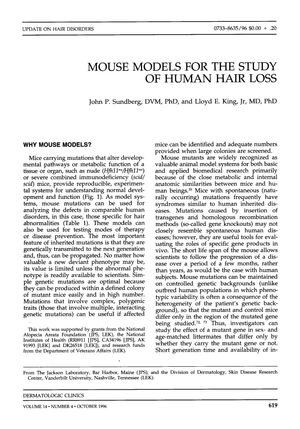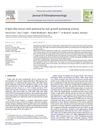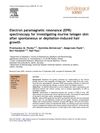Mouse Models for the Study of Human Hair Loss
October 1996
in “
Dermatologic Clinics
”
mouse models human hair loss genetic mutations alopecia areata grafting immunodeficient mice hair growth immune system skin diseases angora mutation Fgf5 gene hairless mutation hr mutation rhino mutation hrrh mutation hair follicle cycle noninflammatory nonscarring alopecias hair shaft dystrophy scarring alopecias alopecia hair loss hair growth immune system skin diseases

TLDR Mice are useful for researching human hair loss and testing treatments, despite some differences between species.
The 1996 document discusses the use of mouse models to understand human hair loss and to test treatments. It highlights the genetic similarities between mice and humans, the ease of maintaining mouse colonies, and the advanced knowledge of mouse genetics as advantages of using these models. However, it also notes the limitations due to differences in skin and hair characteristics between the two species. The document describes how mouse models with specific genetic mutations can mimic human hair disorders, such as alopecia areata, and how grafting mouse skin onto immunodeficient mice can be used to study hair growth and the immune system's role in skin diseases. It mentions specific mutations, like the angora mutation in the Fgf5 gene, and the hairless (hr) and rhino (hrrh) mutations as valuable for studying hair growth and alopecia. The document also discusses the hair follicle cycle in mice, noninflammatory nonscarring alopecias, hair shaft dystrophy, and scarring alopecias. The work was supported by grants from various foundations and institutions.


